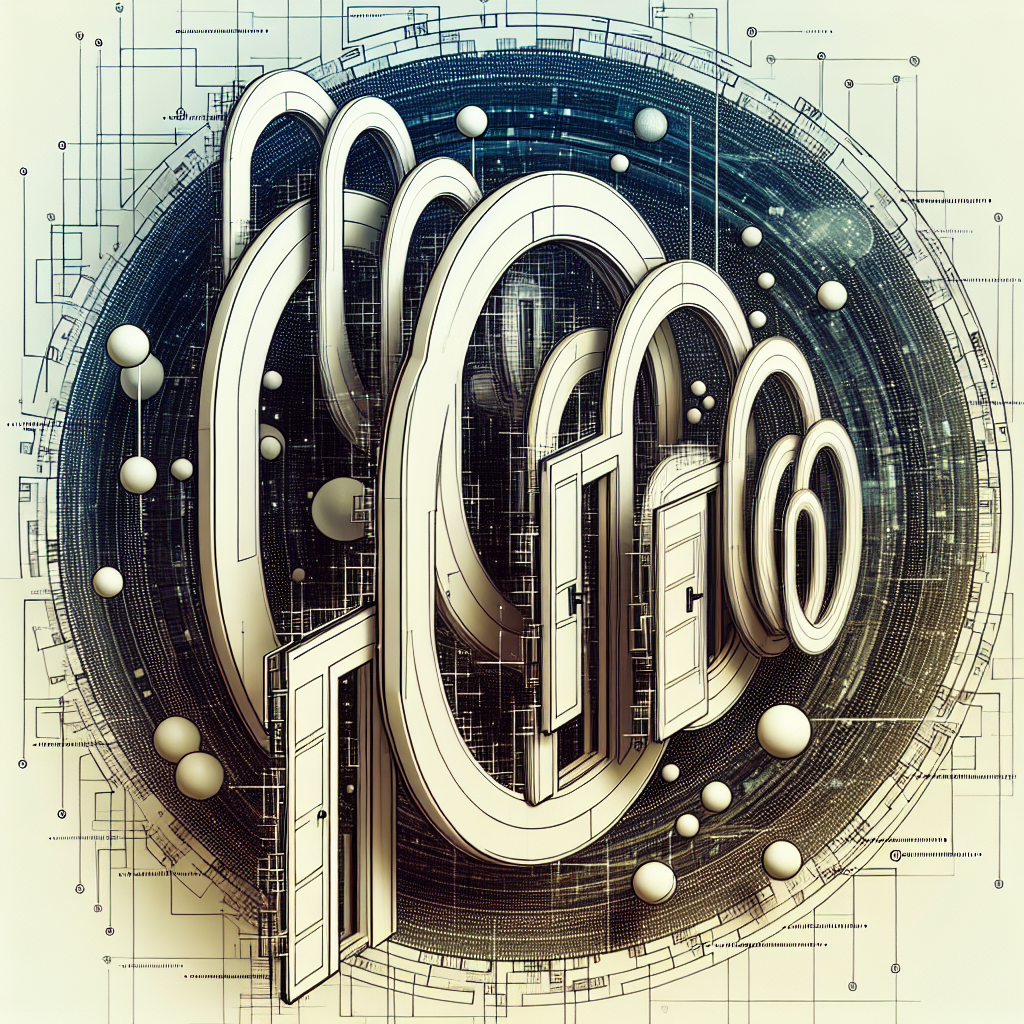Your cart is currently empty!
The Future of Recurrent Neural Networks: Emerging Trends in Gated Architectures

Recurrent Neural Networks (RNNs) have revolutionized the field of natural language processing, speech recognition, and many other areas of artificial intelligence. However, traditional RNNs suffer from the vanishing gradient problem, which makes it difficult for them to learn long-term dependencies in sequential data. To address this issue, researchers have developed new architectures called gated RNNs, which have shown significant improvements in performance.
One of the most popular gated RNN architectures is the Long Short-Term Memory (LSTM) network, which introduces gating mechanisms to control the flow of information in the network. LSTMs have been widely used in applications such as machine translation, sentiment analysis, and speech recognition, where long-term dependencies are crucial for accurate predictions.
Another important gated RNN architecture is the Gated Recurrent Unit (GRU), which simplifies the architecture of LSTMs by combining the forget and input gates into a single update gate. GRUs have been shown to be as effective as LSTMs in many tasks while being computationally more efficient.
In recent years, researchers have been exploring new variations of gated RNNs to further improve their performance. One emerging trend is the use of attention mechanisms in RNNs, which allow the network to focus on different parts of the input sequence at each time step. Attention mechanisms have been shown to significantly improve the performance of RNNs in tasks such as machine translation and image captioning.
Another promising direction is the use of convolutional neural networks (CNNs) in conjunction with RNNs to capture both spatial and temporal dependencies in sequential data. This hybrid architecture, known as Convolutional Recurrent Neural Networks (CRNNs), has been shown to achieve state-of-the-art results in tasks such as video classification and action recognition.
Overall, the future of recurrent neural networks looks promising, with researchers continuously exploring new architectures and techniques to improve their performance. Gated RNNs, in particular, have shown great potential in capturing long-term dependencies in sequential data, and with the emergence of new trends such as attention mechanisms and hybrid architectures, we can expect even more advancements in the field of RNNs in the coming years.
#Future #Recurrent #Neural #Networks #Emerging #Trends #Gated #Architectures,recurrent neural networks: from simple to gated architectures

Leave a Reply